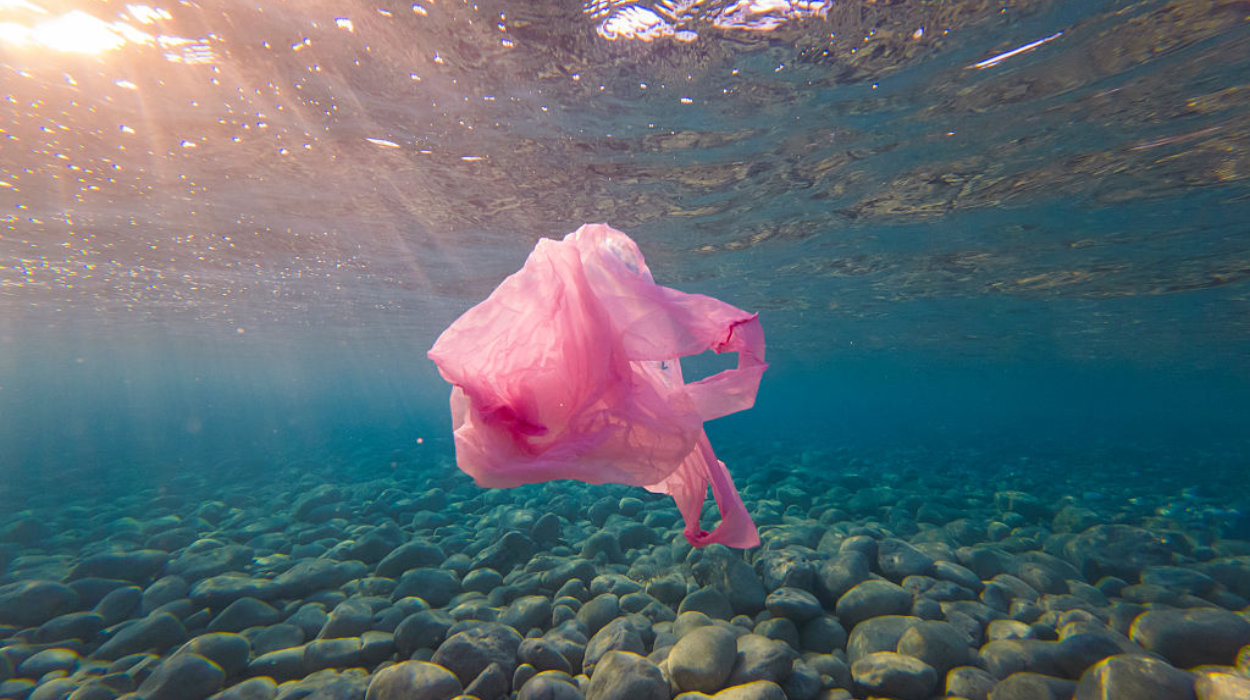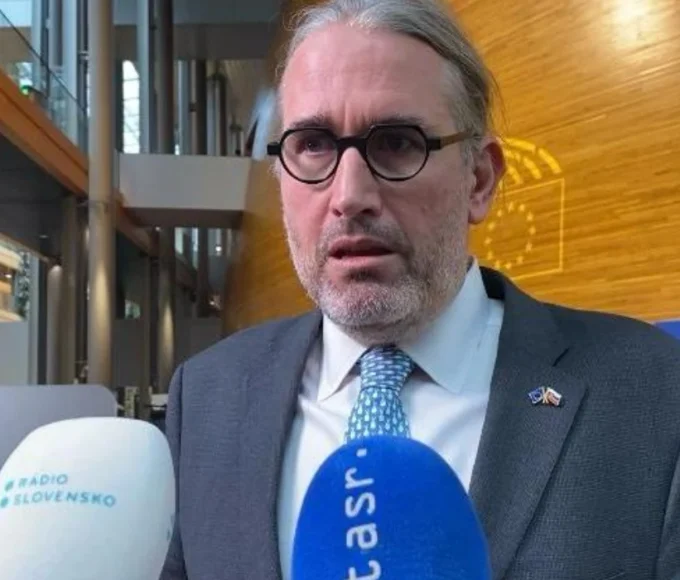The European Union has introduced landmark regulations to limit seabed litter, marking a critical advance in the fight against marine pollution. Agreed by EU Member States in November 2025 under the Marine Strategy Framework Directive (MSFD), the new thresholds restrict seabed litter to no more than one item per 1,000 square meters in visually monitored areas, and mandate zero increase over time in trawled areas. This pioneering initiative targets waters up to 200 meters deep and is a crucial step toward cleaner and healthier European seas.
Setting Clear Thresholds for Seabed Litter
The European Commission outlined that under the new rules, the amount of litter collected in trawl surveys must show no increase compared to previous assessments, while areas monitored visually or via images must maintain litter counts below one item per 1,000 square meters. This marks the first-ever formal threshold values for litter on the seafloor, building upon earlier coastal litter limits set in 2023 that allow a maximum of 20 items per 100 meters of coastline.
Importance of Visual and Image-Based Monitoring
Previously, data on seafloor litter came mainly from incidental catches during fishing activities, making the information patchy due to varying fishing gear and unavailable monitoring in rocky or other unsuitable seabed areas. Visual monitoring and image analysis now provide standardized, comparable, and comprehensive assessments across European waters, thereby improving the accuracy and effectiveness of pollution control measures.
The Context of Marine Pollution in Europe
Marine litter including plastic waste poses a severe threat to marine biodiversity and ecosystems. It endangers wildlife, disrupts fisheries and aquaculture industries, harms tourism, and threatens human health. Because much litter that appears on beaches or floating on surfaces eventually sinks, efforts targeting seabed pollution are vital complements to coastal cleanup and surface water initiatives.
Holistic EU Approach
The seabed litter thresholds form part of the broader European Green Deal and Zero Pollution Action Plan ambitions. The EU targets halving plastic litter at sea and reducing microplastics by 30% by 2030, aligning regional strategies to protect marine environments effectively. The 2008 Marine Strategy Framework Directive commits to achieving ‘Good Environmental Status’ in all EU waters by 2020 and beyond, with ongoing revisions aiming to simplify implementation and strengthen protections.
Implementation and Future Plans
EU Member States are required to integrate these thresholds into their MSFD-compliant marine strategies, which also cover biodiversity protection and mitigation of all forms of marine pollution. Technical work will continue on issues such as setting additional limits for the most harmful types of debris and expanding monitoring to deeper seas. A parallel revision of the MSFD will address improved enforcement, integration with the European Ocean Pact, and enhanced administrative efficiency.
Reactions and Significance
EU officials hailed the thresholds as an essential milestone. The Technical Group on Marine Litter, part of the MSFD framework and chaired by the Danish Presidency, spearheaded the development of these limits, which were endorsed during the marine directors’ meeting on 27-28 November 2025. This move aligns the EU with Green Deal principles and reinforces its global leadership in marine environmental protection.
Environmental experts and advocates view these thresholds as groundbreaking, offering measurable goals to guide pollution reduction efforts, enhance marine habitat health, and protect economic activities dependent on clean seas. The ability to reliably quantify seafloor litter opens pathways to better policy design and industry accountability moving forward.
Challenges and the Path Ahead
While these measures mark significant progress, challenges persist. Effective monitoring requires investment in technology and coordination among Member States. Forces such as marine traffic, fishing practices, and coastal urbanization continue to impact litter levels. Moreover, enforcement mechanisms and public awareness campaigns will be needed to complement regulatory thresholds.
Future EU policy revisions coupled with technological advances in remote sensing and marine debris tracking anticipate deeper and more comprehensive seabed protection, aiming to restore and preserve Europe’s marine ecosystems for generations to come.








